I was first introduced to the photographs of Jay Wolke almost 20 years ago. This was in the photography galleries at the Art Institute of Chicago. There, I encountered a collection, All Around The House, of images detailing the communal spirit of the Jewish American experience and how it was transformed by American culture. Since this time Wolke has gone on to carve out a prominent career as an artist and educator who’s efforts have influenced numerous young creators. Recently, at a book signing of his new monograph, Same Dream Another Time, for the COMP Magazine I caught up with Wolke to discuss his wide-ranging production of photobooks, the role time has played in his artistic career, the importance of autonomy in his practice, and why it is essential for his students to be critical observers and producers.
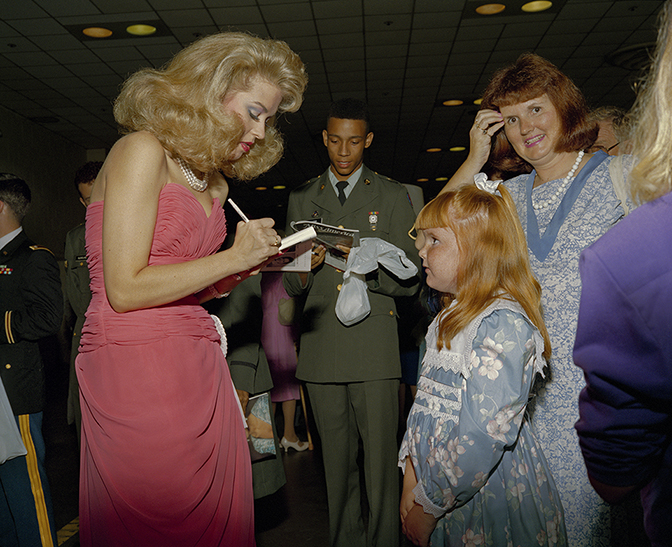
Jay Wolke, Autograph, Contestant, Mother Daughter, Miss America Pageant, Atlantic City, 1989
I believe we initially met when you were still at the Illinois Institute of Technology coordinating the Graduate Documentary Photography program in the mid 1990s. I’m wondering if we can back up a bit and discuss what was the catalyst for your long and immersive career? What prompted you to study art and photography initially? Was there someone or something that inspired you at an early age?
My early interest in photographs was mostly as source material for illustrations and collages, or documentation of installations or performances. It wasn’t until I entered the Institute of Design as a graduate student that I really began to comprehend the dynamics and potential of making photographs for their own sake – the endless ways in which they can represent the world, and simultaneously, their own production. As I grasped opportunities to witness and research the primary world, I became fascinated with the unique, visual expressions inherent to the activities and artifacts I was photographing. My definition of “form” exponentially expanded, and I began to develop a particular approach to picture making and communicating ideas.
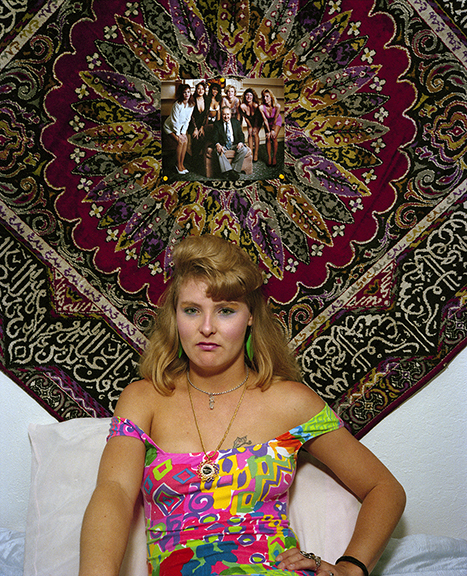
Jay Wolke, Woman, Mustang Ranch, Reno,1991
Since your release of “Same Dream Another Time” (2017), I have been relooking at your prior 3 monographs, “Around the House” (1998), “Along the Divide” (2004), and “Architecture of Resignation” (2011). I’m curious to know how your approach to thinking about making photobooks has evolved. Are there any specific items that you have held to over time? Has there been any new approaches or methods that have immersed in recent years?
The order in which my books were released does not correspond to the chronology in which the projects were produced. My first book, “All Around the House”, presented work from 1992-1998. My second book, “Along the Divide”, was a project from 1981-1985, The third, “Architecture of Resignation” shows photographs made from 2000-2007, and finally, “Same Dream Another Time”, is from 1987-1992. The book designs reflect many things. Obviously, subject matter plays a huge role, but so do other factors, i.e., institutional partners, publishers, designers, as well as markets and design trends.
On each of my four monographs, I worked with outstanding design teams and publishers. I always go on press, and have been really fortunate to work with the best– in Providence, Reykjavik, Singapore and Heidelberg. I know that these collaborations were crucial to the books’ quality – absolutely vital to the success of the work. For this last publication with Kehrer in Heidelberg, we printed with UV inks, a process that achieved outstanding color saturation without the use of toxic solvents. The organic inks render color so well that you don’t need a spot varnish. It dries immediately, costs less and is far more sustainable than traditional printing processes. I’m very happy with it.
In general, my books reflect a rather conservative presentation style– one that simulates the experience of “walking” the show. In that sense, my books have been more traditional– one or two images per page, mostly the same size and centered. This time, however, for SDAT, the designer presented a more complicated, flowing rendition of the narrative, strengthening the relationships between images. I’m very excited about this last book.
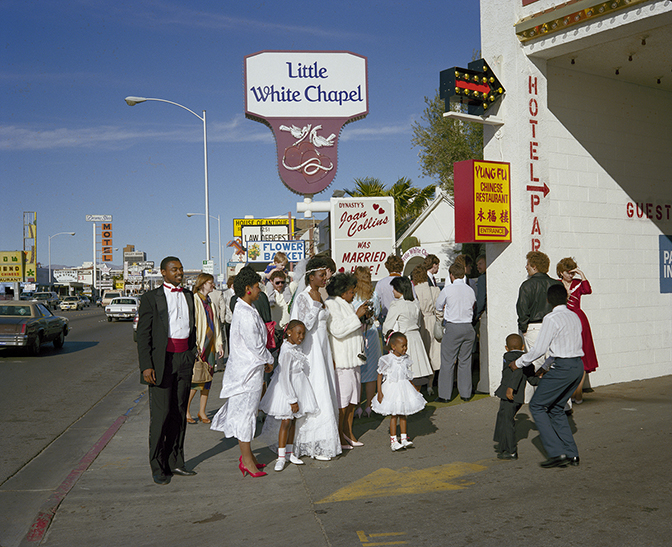
Jay Wolke, Little White Chapel, Valentine’s Day, Las Vegas, 1987
In “Same Dream Another Time” (2017), published by Kehrer Verlag Heidelberg Berlin, you are presenting photographs made in the 1980s through the 1990s at various centers for legal gambling in the United States. For me, there is a weirdly humorous, yet desperate sense that often surfaces in the imagery. What prompted you to return to these photographs? How do you see this body of work reflecting America at the time the images were made?
For years, my wife encouraged me to revisit this work, but I didn’t really take the opportunity to look at the contacts again until 2015, when I was asked to exhibit photographs that I’d made sometime in the ten years after graduating from the ID. It’s strange to reevaluate work 20-30 years after an original edit. I remember very well why I decided certain photographs were important and others not so much. The quieter portraits and singular subjects were often overlooked in favor of more active behaviors, environments and multi-layered compositions. Perhaps time had given me the ability to see those disregarded images with more gravity, more focused identity? Maybe those less eccentric photographs actually encourage more empathy from the viewer? With new perspective, I saw a much larger project emerge from the hundreds of 6x7cm. color negs that I had originally made, and as I mined this fascinating time capsule, a larger picture of a certain period – in my life, anyway – began to crystalize.
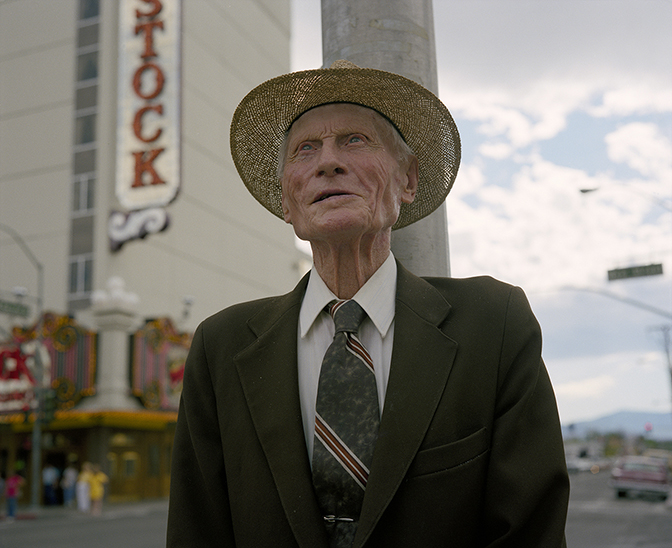
Jay Wolke, Nintey Four Year Old Lawyer, Reno, 1991
Is there something specific you cherish in your aesthetic practice? What drives you to continue to make photographs?
I cherish the freedom to determine the path of my research and the ability to challenge my own assumptions. I’ve always been rather monastic as an artist, and there are very few better ways to interact with the world than through photography.
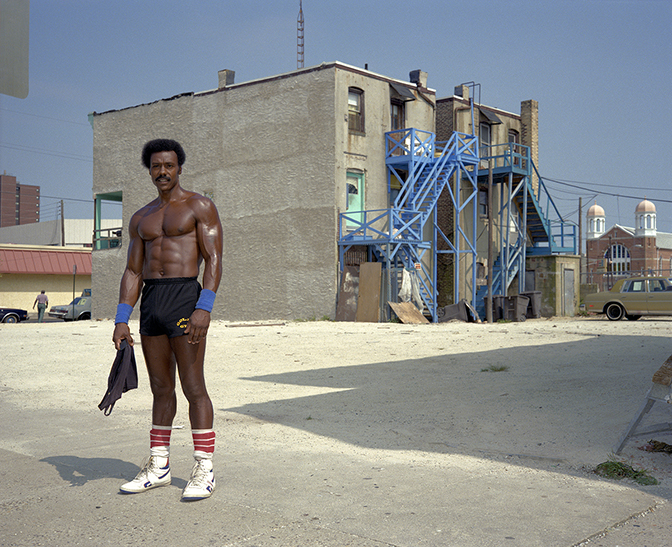
Jay Wolke Shirtless Man, Atlantic City, 1989
Having taught for more than 30 years at the university level, I am wondering what has sustained this integral part of your life. What do you value as an educator? Are there any ideas or methods that you frequently share with your students?
I always tell my students what a privilege it is to be able to engage the world as an artist or photographer. To be a professional observer and critic– to understand that they become the lens through which others see. I ask them, “despite the innate desire to make pictures, what do you want to communicate? Courage is not a substitute for communication, but it is essential for pushing yourself in new directions. Why are you making this image?”
Unfortunately, there really aren’t many other places to have academic freedom, except in the academy. Despite institutional limitations, I continue to practice the experiment of “art education” and all that it implies. Even while codifying photographic practice, my classroom is still a safe and respectful space to seriously explore and challenge the dynamics of photographic media. When a student is really serious about their work, I get the ultimate buzz from teaching. The dialogue and interrogation of ideas– witnessing someone discovering a new means of successfully communicating. Ultimately though, to teach is to learn. Every vision is an opportunity to look.
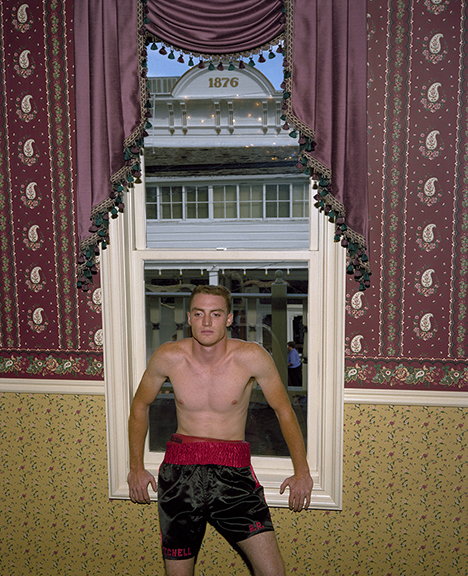
Jay Wolke, Boxer, Reno, 1991
What’s the plan for 2018? Do you have any upcoming exhibitions or projects currently in development?
I’m also deeply involved with a project, CPS Lives, intended to give a voice and a vision to a wide range of public school students, their families, teachers, administrators, as well as artists, writers, film-makers and photographers. I’ll be working at several schools, either as a photographer or as the coordinator of the works of other artists and photographers. Multiple modes of documentation and trans-media presentations will shed light on the depth and breadth of the system and generate renewed curiosity and a changed perception regarding the CPS.
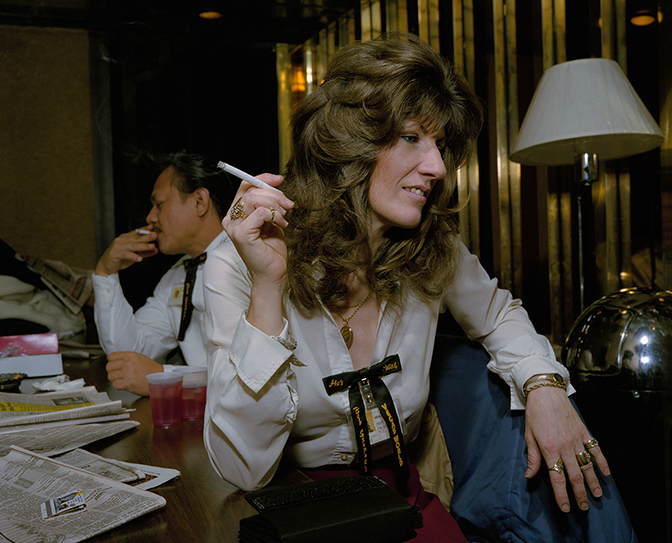
Jay Wolke, Dealers on Break, Las Vegas, 1988
For additional matrials on the work of Jay Wolke, please visit:
Jay Wolke – http://jaywolke.com/
Aint Bad – https://www.aint-bad.com/article/2017/10/24/jay-wolke/
Art Institute of Chicago – http://www.artic.edu/aic/collections/artwork/artist/Wolke%2C+Jay
Geo (France) – http://www.geo.fr/photos/reportages-geo/photos-las-vegas-dans-le-retro-163636
The Heavy Collective – http://theheavycollective.com/2017/12/17/qa-jay-wolke/
Life Force Magazine – http://www.lifeforcemagazine.com/nov2017/14.htm
Museum of Contemporary Photography Chicago – http://www.mocp.org/collection/mpp/wolke_jay.php
Smithsonian Magazine – https://www.smithsonianmag.com/arts-culture/ten-best-photography-books-2017-180967333/
Additional photographs by Jay Wolke:
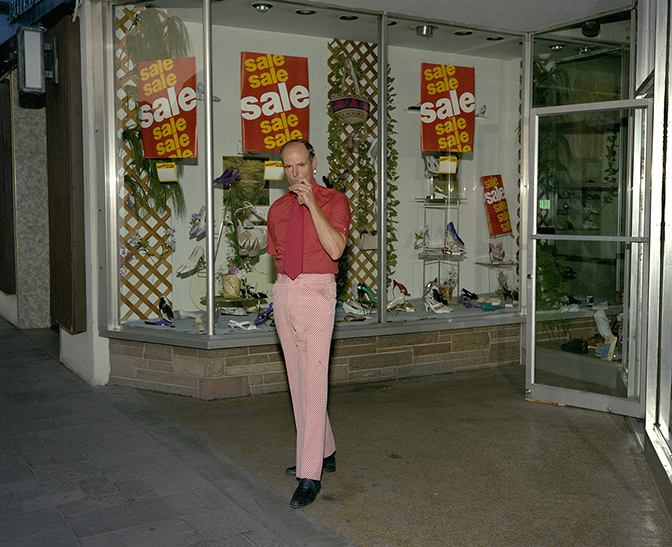
Jay Wolke, Shoe Salesman, Reno, 1991
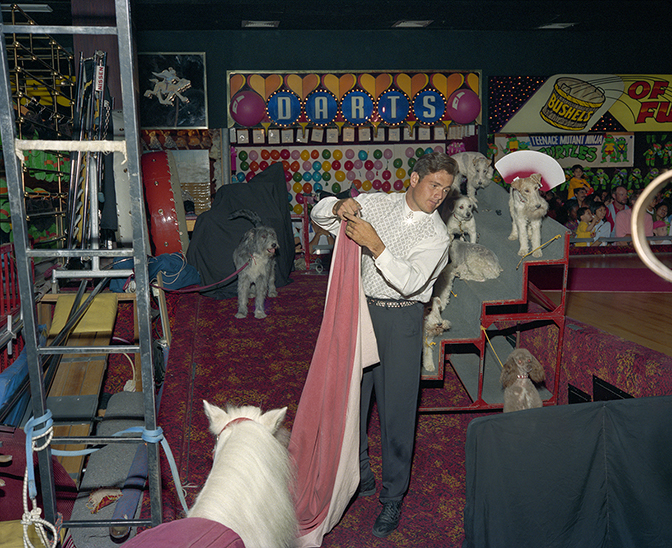
Jay Wolke, Dog and Pony Show, Reno, 1991
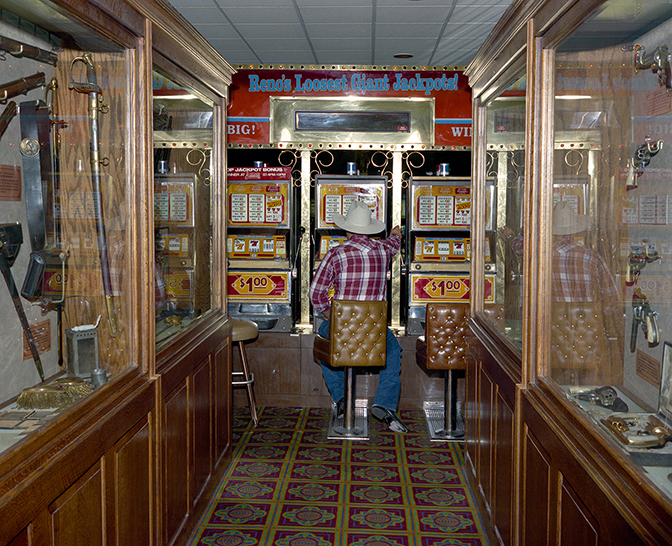
Jay Wolke, Cowboy, Slots, Reno, 1991
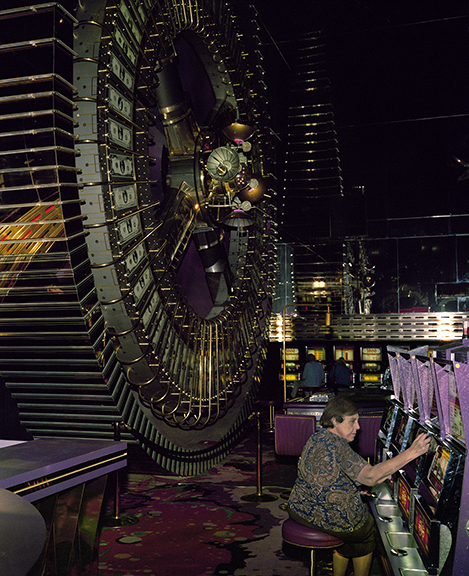
Jay Wolke, Wheel of Fortune, Las Vegas, 1988
Artist interview by Chester Alamo-Costello


